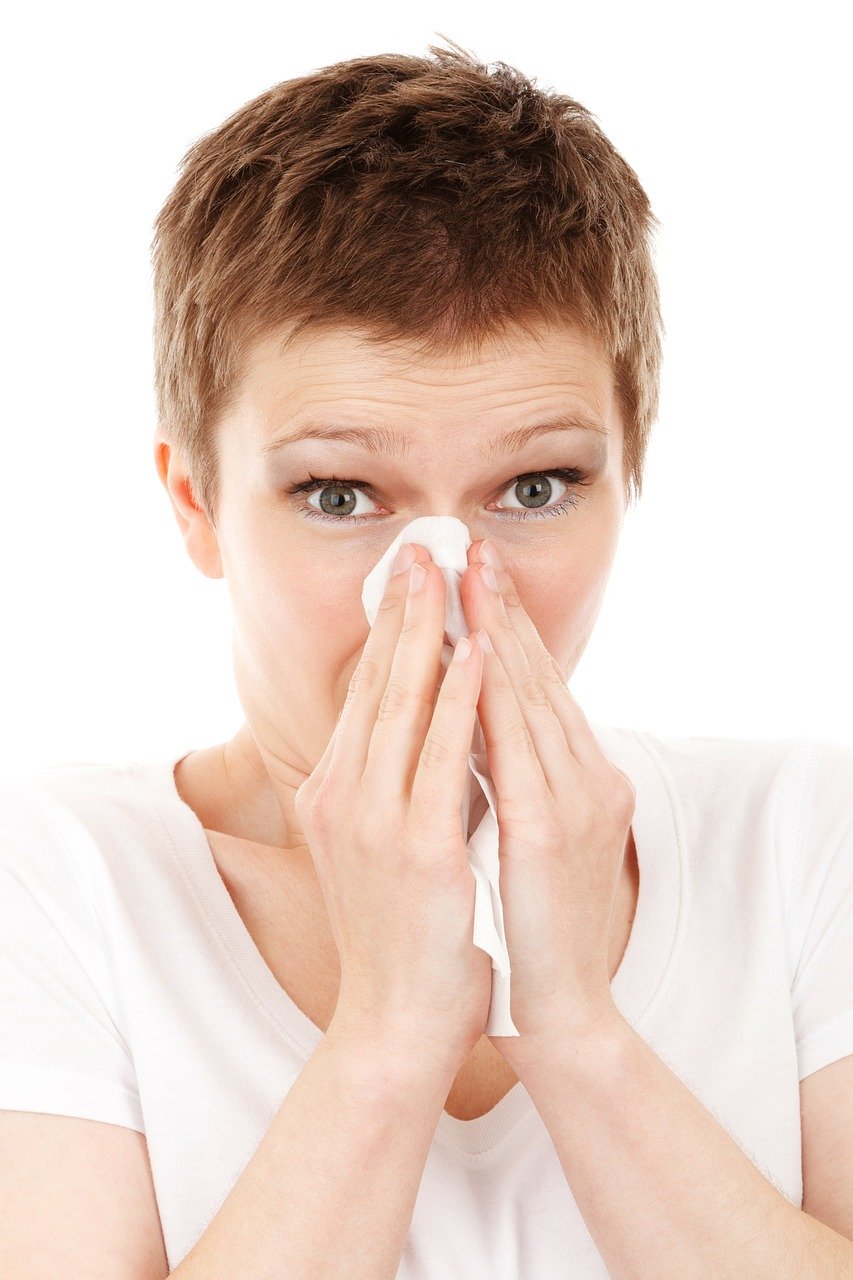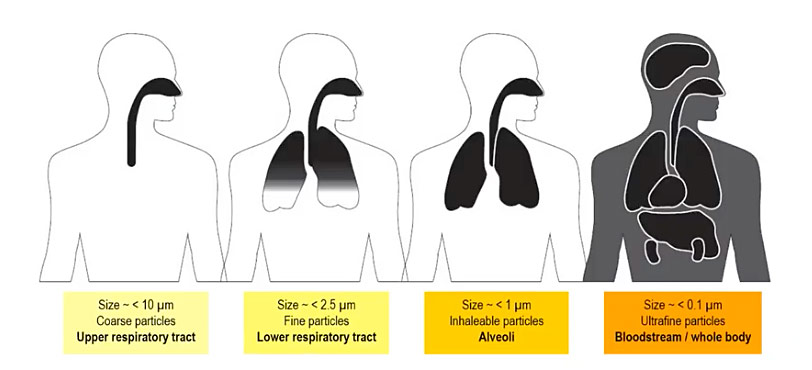
Common Air Pollutants
The United States Environmental Protection Agency tracks six major air toxins, as regulated by the Clean Air Act. They are ground-level ozone, particulate matter, carbon monoxide, nitrogen oxides, sulfur dioxide and lead. Advancements in testing and monitoring have led to further research of other pollutants, notably asbestos and radon. The EPA considers particulate matter as the pollutant that presents the greatest risk to human health. Read more below about particulate matter and how it affects your health.
Particulate Matter, Matters
Particulate matter consists of any mixture of solid particles and liquid droplets floating in the air. Dust, dirt, mites, soot, smoke, dander, pollen, mold and respiratory droplets are all examples of particulate matter. Classified by size, particulate matter is found both indoors and outdoors. The smaller the particle, the greater the risk of causing health problems when breathed in. Since particulate matter is classified by size, let's take a look at what that really means.
Size Matters, Too!
About 75% of the particulate matter found in the air is man-made, with 25% being from natural origins. Particulate matter is classified into four size groups: PM10, PM2.5, PM1 and PM0.1. Remember, the smaller the particle, the more damage it can do. Let's examine the effects each of these sized particles have on the body.
PM10: Consists of coarse particles such as pollen or dust. The least harmful because of their large size, these particles remain in the upper respiratory tract without causing major damage.
PM2.5: Fine particles such as bacteria, fungal and mold spores, pollen and toner dust. Fine particles generally settle in the lower respiratory tract, causing ailments like bronchitis and COPD symptoms.
PM1: Inhalable particles such as viruses and exhaust gases. These particles make their way into the alveoli of the lungs, where they settle. Particles this size can cause issues like pneumonia, tuberculosis and emphysema.
PM0.1: The most dangerous particulate matter, ultra fine particles find a way into your bloodstream and affect the entire body. Entering the body through the lungs, they find a way to all organs. Particles this size cause conditions like cardiac disease, hypertension, diabetes, cancer and a host of other ailments.
The graphic below is a great visual representation of how the various sized particulate matter enters and affects the body:
The truth is, particulate matter will always be around us but there are things you can do to ensure the air inside your home is as healthy as possible. This is especially helpful since we spend most of our time indoors - up to 90% of our time, to be exact! Some immediate and simple things you can do to clear the air in your home include regularly changing your furnace filter at the recommended intervals, as well as using a properly-rated filter for your furnace. These two simple steps can greatly reduce common particulates such as dust, pet dander, sand and other icky things that find a way into your air. Lastly, using an air filter unit or an air purifier throughout your home can also help reduce floating particulates.
A Solution to Your Air Duct Issues Exists
If you're noticing an increase of particulates floating throughout your home, even after taking the above steps to clear the air, give our team a call today! You may have a bigger issue lurking below your feet - deteriorating air ducts. We can get to the bottom of your air duct issue by performing an in-depth video inspection of the entire length of your air ducts. Armed with our findings, our team of professionals can restore your deteriorated air ducts to like-new condition with our innovative and trenchless air duct lining process. So while particulate matter is always around us, our process eliminates major issues with your air ducts that causes dirty air in your home. With brand new ducts, you will always have the confidence that you and your family are breathing in the healthiest, cleanest air possible.

